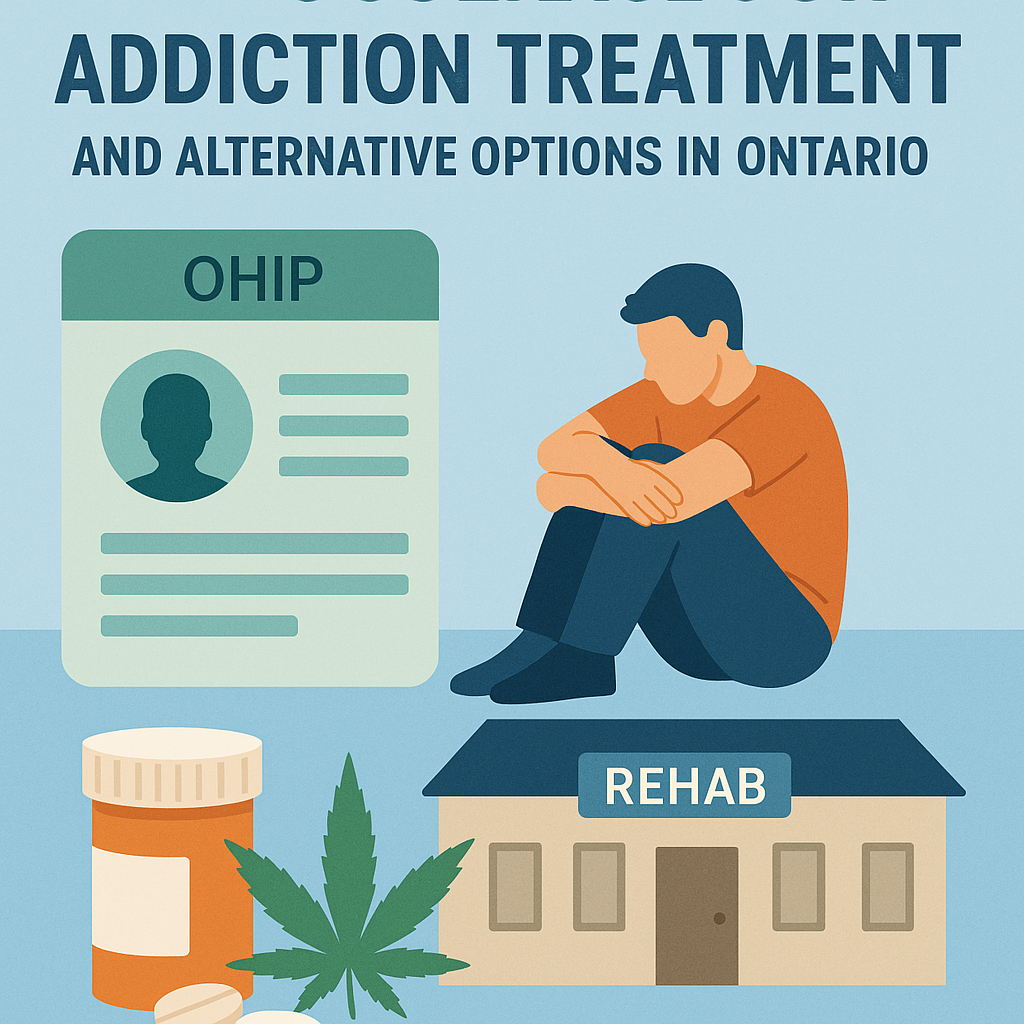The complexities of mental health are often further complicated by the co-occurrence of more than one disorder, commonly referred to as concurrent disorders. This intricate scenario involves not just one, but two or more disorders that interact in such a way as to exacerbate each other, complicating treatment and potentially intensifying the severity of symptoms. This blog aims to delve into the concept of concurrent disorders, illuminating how they manifest and the challenges they present.
The Dual Diagnosis Dilemma
Concurrent disorders frequently involve a combination of mental health disorders and substance use disorders. This dual diagnosis creates a reciprocal relationship, where each disorder can worsen the symptoms of the other. For example, an individual with depression might resort to alcohol or drug use as a form of self-medication, only to find that the substance abuse aggravates their depressive symptoms.
A Spectrum of Possibilities
The combinations in which concurrent disorders can occur are vast. Mental health disorders such as depression, anxiety, and bipolar disorder can co-occur with substance abuse issues including alcoholism, opioid addiction, or illicit drug use. Additionally, it’s possible for multiple mental health disorders to co-occur, as well as for multiple forms of substance abuse to manifest concurrently.
Synergistic Symptoms
The symptoms of concurrent disorders can overlap and even amplify each other. The substance abuse may lead to increased feelings of anxiety or depressive episodes, while the mental health disorder can lower inhibitions, leading to riskier substance use. This complex interplay often creates a cycle that is difficult to break and complicates the treatment process.
Challenges in Identification and Diagnosis
Concurrent disorders pose a unique challenge in terms of diagnosis. Due to the overlapping symptoms and mutual exacerbation, it can be difficult for healthcare providers to separate one disorder from another. This often leads to only one disorder being treated, while the other remains undiagnosed and continues to worsen the identified disorder.
Treatment Approaches: The Need for Integrated Care
Treating concurrent disorders requires an integrated approach that addresses both the mental health disorder and the substance use disorder. Cognitive Behavioral Therapy (CBT), medications, and support from social services are often employed in a multifaceted treatment plan. However, the complexities of concurrent disorders necessitate a highly individualized treatment approach, often involving a team of healthcare providers.
The Impact on Support Systems
Concurrent disorders don’t just affect the individual; they also place a strain on families and support systems. The unpredictable behavior and emotional instability often associated with concurrent disorders can be distressing for loved ones, which in turn can make the individual’s conditions even more difficult to manage.
Conclusion
Concurrent disorders represent a particularly complex facet of mental health, characterized by the interaction of two or more disorders that compound each other’s symptoms. Understanding the intricate ways in which these disorders manifest and affect the individual is crucial for effective diagnosis and treatment. As the field of mental health continues to evolve, greater awareness and more advanced treatment options are vital for addressing the unique challenges posed by concurrent disorders.





